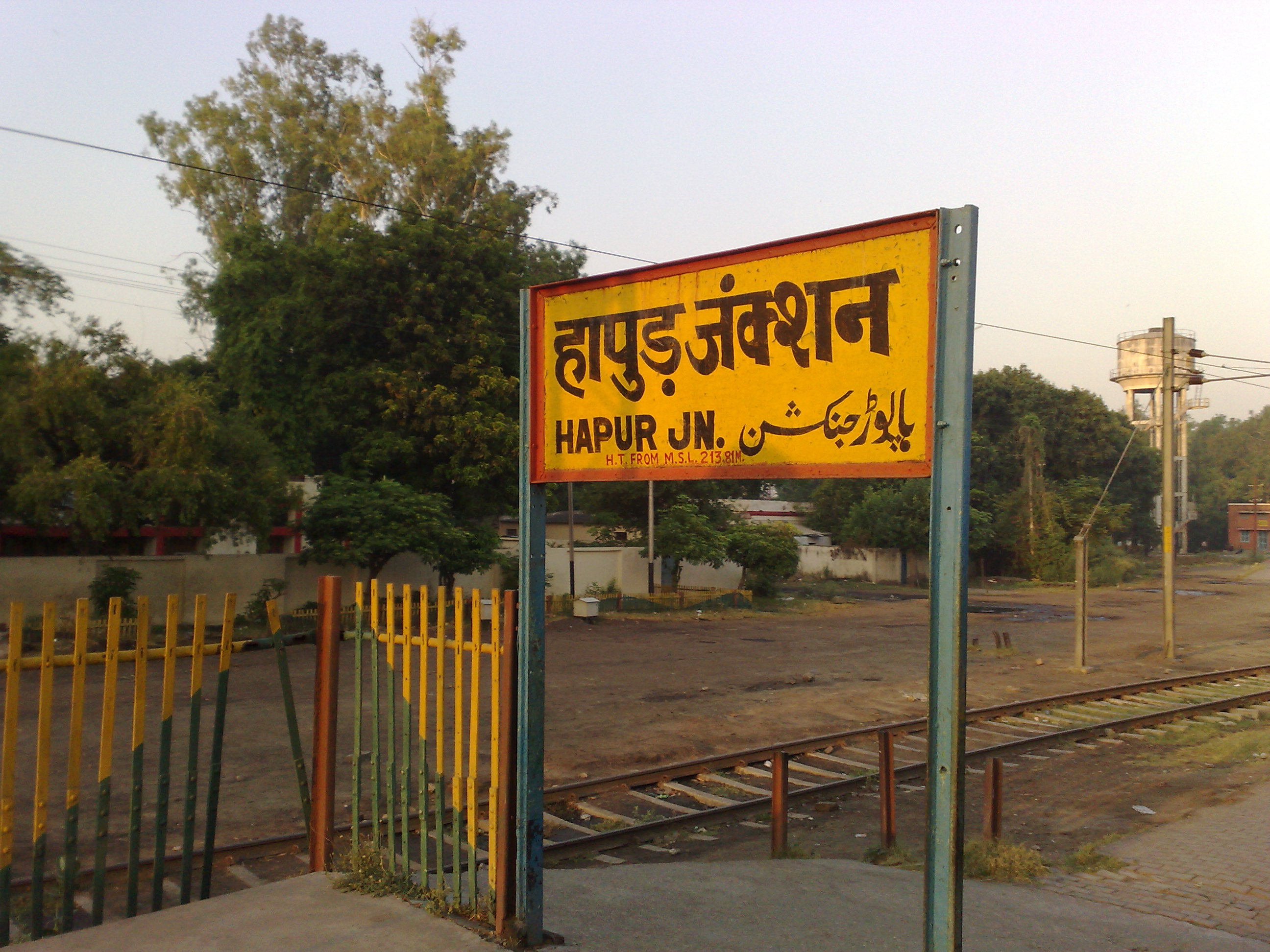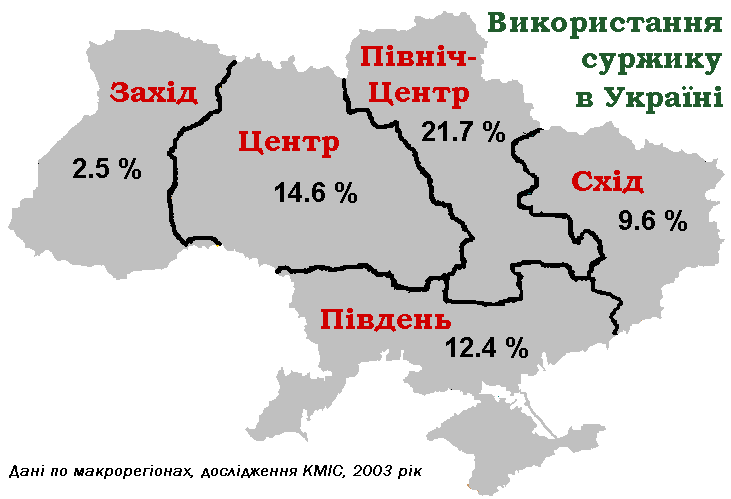|
Cossack Ukrainian
Baláchka ( uk, балачка, p=bɐˈlat͡ʃkɐ – conversation, chat) is a Ukrainian dialect spoken in the Kuban and Don regions, where Ukrainian settlers used to live. It was strongly influenced by Cossack culture. The term is connected with the Ukrainian term "balákaty'", which colloquially means "to talk", "to chat". Some linguists characterize Balachka vernacular as a dialect or group of dialects. Balachka does not appear as a separate language on any language codes. Nevertheless, some Cossacks consider it to be a separate language and at least one academic case has been made in this regard. Kuban-Black Sea Balachka The most significant instance of the Cossack dialect is the Kuban-Black Sea Balachka. Originally starting as a central Ukrainian dialect used by the Black Sea Cossacks who moved to the Kuban in 1792. Over the years the language began to acquire more Russian vocabulary, coinciding with the rising literacy rates in the late 19th century. The Kuban Co ... [...More Info...] [...Related Items...] OR: [Wikipedia] [Google] [Baidu] |
Ukrainians In Kuban
The Ukrainians in Kuban in southern Russia constitute a national minority. The region as a whole shares many linguistic, cultural and historic ties with Ukraine. Ukrainians first settled in the Kuban region in 1792. Until the mid-twentieth century the majority of the population there identified themselves as Ukrainians. Due to Russian and Soviet national policiesincluding the Holodomormost of the population became Russified, and the percentage of those who identified themselves as Ukrainians dropped from an official 55% (1926) to 0.9% (2002). Ukrainian settlement In Kuban many Ukrainians were settled in areas which were inhabited by Russians when in 1792 the Empress Catherine II gave the Black Sea Cossack Host the rights to these lands. Her decree of 30.6. and 1.7.1792 handed these lands over to the Black Sea Cossacks "for eternity". The territory involved included the Phanagorian peninsula and the lands on the right bank of the Kuban River. Between 1792 and 1793 25,000 people ... [...More Info...] [...Related Items...] OR: [Wikipedia] [Google] [Baidu] |
Ukrainian Language
Ukrainian ( uk, украї́нська мо́ва, translit=ukrainska mova, label=native name, ) is an East Slavic language of the Indo-European language family. It is the native language of about 40 million people and the official state language of Ukraine in Eastern Europe. Written Ukrainian uses the Ukrainian alphabet, a variant of the Cyrillic script. The standard Ukrainian language is regulated by the National Academy of Sciences of Ukraine (NANU; particularly by its Institute for the Ukrainian Language), the Ukrainian language-information fund, and Potebnia Institute of Linguistics. Comparisons are often drawn to Russian, a prominent Slavic language, but there is more mutual intelligibility with Belarusian,Alexander M. Schenker. 1993. "Proto-Slavonic," ''The Slavonic Languages''. (Routledge). pp. 60–121. p. 60: " hedistinction between dialect and language being blurred, there can be no unanimity on this issue in all instances..."C.F. Voegelin and F.M. Voegelin. 19 ... [...More Info...] [...Related Items...] OR: [Wikipedia] [Google] [Baidu] |
Diglossia
In linguistics, diglossia () is a situation in which two dialects or languages are used (in fairly strict compartmentalization) by a single language community. In addition to the community's everyday or vernacular language variety (labeled "L" or "low" variety), a second, highly codified lect (labeled "H" or "high") is used in certain situations such as literature, formal education, or other specific settings, but not used normally for ordinary conversation. In most cases, the H variety has no native speakers but various degrees of fluency of the low speakers. In cases of three dialects, the term triglossia is used. When referring to two writing systems coexisting for a single language, the term digraphia is used. The high variety may be an older stage of the same language (as in medieval Europe, where Latin (H) remained in formal use even as colloquial speech (L) diverged), an unrelated language, or a distinct yet closely related present-day dialect (as in northern India a ... [...More Info...] [...Related Items...] OR: [Wikipedia] [Google] [Baidu] |
Russenorsk
Russenorsk (; russian: Руссено́рск, ; en, Russo-Norwegian) is an extinct dual-source "restricted pidgin" language formerly used in the Arctic, which combined elements of Russian and Norwegian. Russenorsk originated from Russian traders and Norwegian fishermen from Tromsø (northern Norway) and Kola (north-western Russia). It was used extensively in Northern Norway for about 150 years in the Pomor trade. Russenorsk is important as a test case for theories concerning pidgin languages since it was used far away from most of the other documented pidgins of the world. As is common in the development of pidgins and trade languages, the interaction of fishermen and traders with no common language necessitated the creation of some minimal form of communication. Like all pidgins, Russenorsk had a rudimentary grammar and a restricted vocabulary, mostly composed of words essential to Arctic fishing and trade (fish, weather, etc.) however, Russenorsk was used outside of fishing ... [...More Info...] [...Related Items...] OR: [Wikipedia] [Google] [Baidu] |
Surzhyk
Surzhyk (, ) refers to a range of mixed sociolects of Ukrainian and Russian languages used in certain regions of Ukraine and the neighboring regions of Russia and Moldova. There is no unifying set of characteristics; the term is, according to some authors, used for "norm-breaking, non-obedience to or non-awareness of the rules of the Ukrainian and Russian standard languages". Surzhyk is a Ukrainian word that could refer to any mixed language, not necessarily including Ukrainian or Russian. When used by non-Ukrainian speaking people of Ukraine, the word is most commonly used to refer to a mix of Ukrainian with another language, not necessarily Russian. When used in Russia the word almost always specifically refers to a Ukrainian-Russian language mix. It differs from both Ukrainian and spoken "Ukrainian Russian", although it is impossible to draw a clear line between them and surzhyk. The vocabulary mix of each of its constituent languages (Ukrainian and Russian) varies greatly fr ... [...More Info...] [...Related Items...] OR: [Wikipedia] [Google] [Baidu] |
Folk Music
Folk music is a music genre that includes traditional folk music and the contemporary genre that evolved from the former during the 20th-century folk revival. Some types of folk music may be called world music. Traditional folk music has been defined in several ways: as music transmitted orally, music with unknown composers, music that is played on traditional instruments, music about cultural or national identity, music that changes between generations (folk process), music associated with a people's folklore, or music performed by custom over a long period of time. It has been contrasted with commercial and classical styles. The term originated in the 19th century, but folk music extends beyond that. Starting in the mid-20th century, a new form of popular folk music evolved from traditional folk music. This process and period is called the (second) folk revival and reached a zenith in the 1960s. This form of music is sometimes called contemporary folk music or folk rev ... [...More Info...] [...Related Items...] OR: [Wikipedia] [Google] [Baidu] |
Russian Academy Of Sciences
The Russian Academy of Sciences (RAS; russian: Росси́йская акаде́мия нау́к (РАН) ''Rossíyskaya akadémiya naúk'') consists of the national academy of Russia; a network of scientific research institutes from across the Russian Federation; and additional scientific and social units such as libraries, publishing units, and hospitals. Peter the Great established the Academy (then the St. Petersburg Academy of Sciences) in 1724 with guidance from Gottfried Leibniz. From its establishment, the Academy benefitted from a slate of foreign scholars as professors; the Academy then gained its first clear set of goals from the 1747 Charter. The Academy functioned as a university and research center throughout the mid-18th century until the university was dissolved, leaving research as the main pillar of the institution. The rest of the 18th century continuing on through the 19th century consisted of many published academic works from Academy scholars and a few Ac ... [...More Info...] [...Related Items...] OR: [Wikipedia] [Google] [Baidu] |
Great Russia
Great Russia, sometimes Great Rus' (russian: Великая Русь, , , , , ), is a name formerly applied to the territories of "Russia proper", the land that formed the core of Muscovy and later Russia. This was the land to which the ethnic Russians were native and where the ethnogenesis of (Great) Russians took place. The name is said to have come from the Greek , used by Byzantines for the northern part of the lands of Rus'. From 1654–1721, Russian Tsars adopted the word - their official title included the wording (literal translation): "The Sovereign of all Rus': the Great, the Little, and the White". The term is mentioned in the opening lines of the State Anthem of the Soviet Union. Similarly, the terms Great Russian language (, ) and Great Russians (, ) were employed by ethnographers and linguists in the 19th century, but have since fallen out of use. The area became, together with the Volga-Ural region, North Caucasus and Siberia, the Russian SFSR, while ... [...More Info...] [...Related Items...] OR: [Wikipedia] [Google] [Baidu] |
Little Russia
Little Russia (russian: Малороссия/Малая Россия, Malaya Rossiya/Malorossiya; uk, Малоросія/Мала Росія, Malorosiia/Mala Rosiia), also known in English as Malorussia, Little Rus' (russian: Малая Русь, Malaya Rus'; uk, Мала Русь, translit=Mala Rus') and Rus' Minor (from el, Μικρὰ Ῥωσία, translit=Mikrá Rosía), is a geographical and historical term used to describe the modern-day territories of Ukraine. The first use of such names has been attributed to Bolesław-Jerzy II, ruler of Ruthenia and Galicia-Volhynia, who in 1335 signed his decrees ''Dux totius Russiæ minoris''. The distinction between "Great" and "Little" Rus' probably originated among Byzantine, Greek-speaking, clerics who wanted to separate the two Ruthenian ecclesiastical metropolises of Halych and Moscow. The specific meaning of the adjectives "Great" and "Little" in this context is unclear. It is possible that terms such as "Little" and "L ... [...More Info...] [...Related Items...] OR: [Wikipedia] [Google] [Baidu] |
Russian Empire Census
The first general census of the population of the Russian Empire in 1897 ( pre-reform Russian: ) was the first and only nation-wide census performed in the Russian Empire (the Grand Duchy of Finland was excluded). It recorded demographic data as of . Previously, the Central Statistical Bureau issued statistical tables based on fiscal lists (ревизские списки). The second Russian Census was scheduled for December 1915, but was cancelled because of World War I, which had begun during 1914. It was not rescheduled before the Russian Revolution. The next census in Russia only occurred at the end of 1926, almost three decades later. Organization The census project was suggested during 1877 by Pyotr Semenov-Tyan-Shansky, a famous Russian geographer and director of the Central Statistical Bureau, and was approved by Czar Nicholas II in 1895. The census was performed in two stages. For the first stage (December 1896 — January 1897) the counters (135,000 persons: t ... [...More Info...] [...Related Items...] OR: [Wikipedia] [Google] [Baidu] |
Viktor Zakharchenko
The name Victor or Viktor may refer to: * Victor (name), including a list of people with the given name, mononym, or surname Arts and entertainment Film * ''Victor'' (1951 film), a French drama film * ''Victor'' (1993 film), a French short film * ''Victor'' (2008 film), a 2008 TV film about Canadian swimmer Victor Davis * ''Victor'' (2009 film), a French comedy * ''Victor'', a 2017 film about Victor Torres by Brandon Dickerson * ''Viktor'' (film), a 2014 Franco/Russian film Music * ''Victor'' (album), a 1996 album by Alex Lifeson * "Victor", a song from the 1979 album ''Eat to the Beat'' by Blondie Businesses * Victor Talking Machine Company, early 20th century American recording company, forerunner of RCA Records * Victor Company of Japan, usually known as JVC, a Japanese electronics corporation originally a subsidiary of the Victor Talking Machine Company ** Victor Entertainment, or JVCKenwood Victor Entertainment, a Japanese record label ** Victor Interactive So ... [...More Info...] [...Related Items...] OR: [Wikipedia] [Google] [Baidu] |
%2C_ethnic_groups.jpg)





